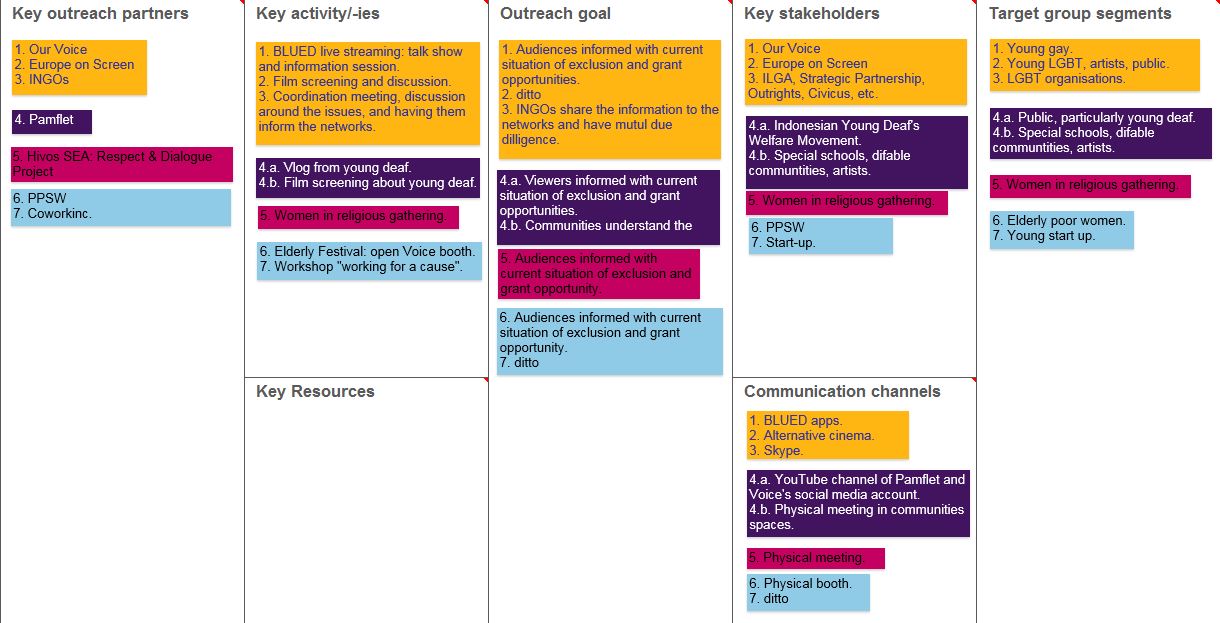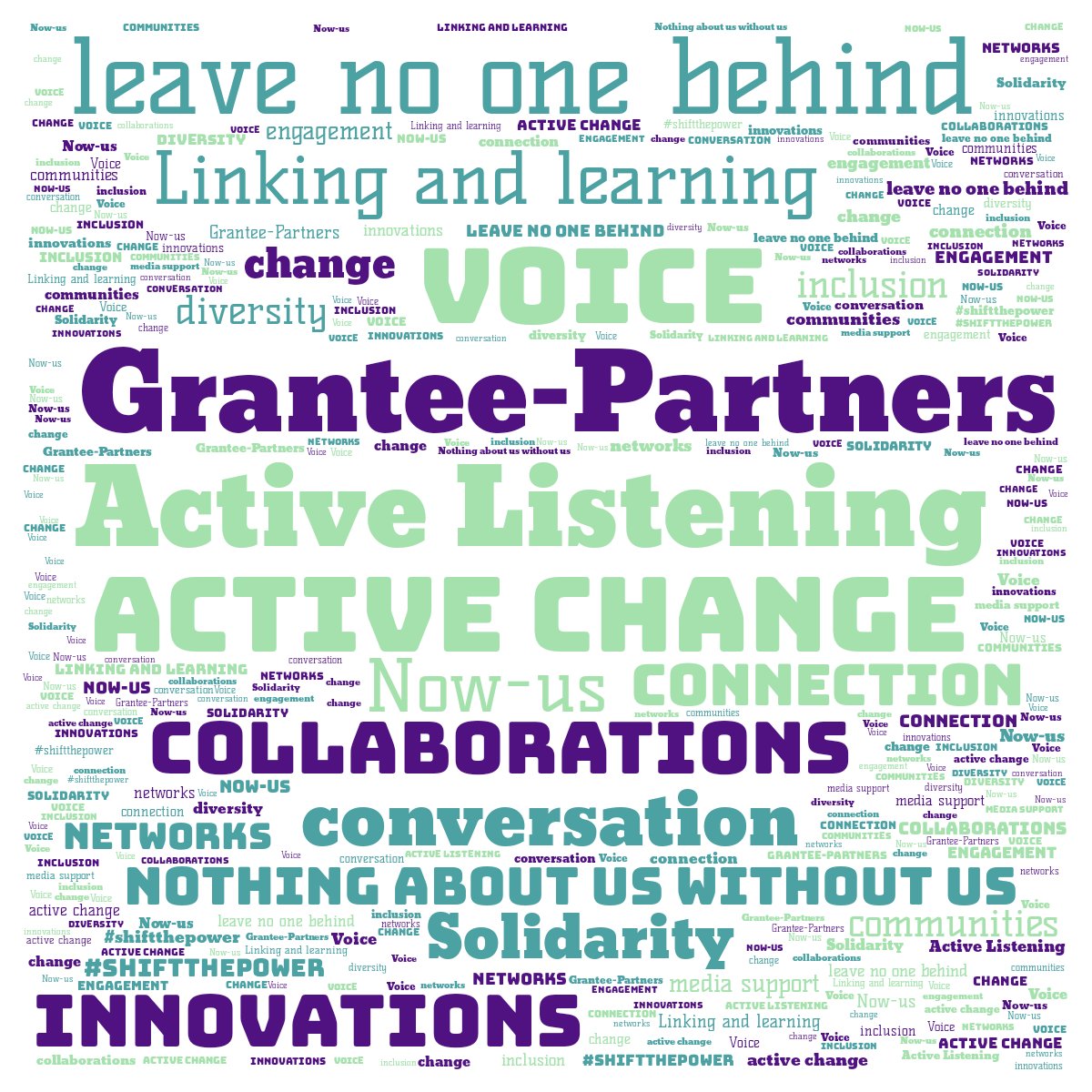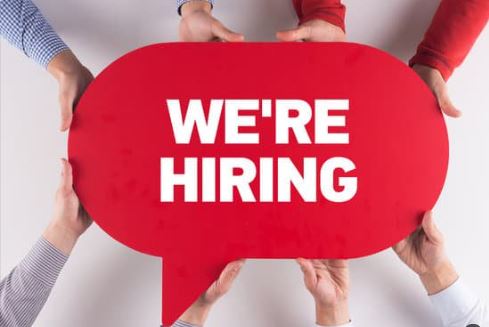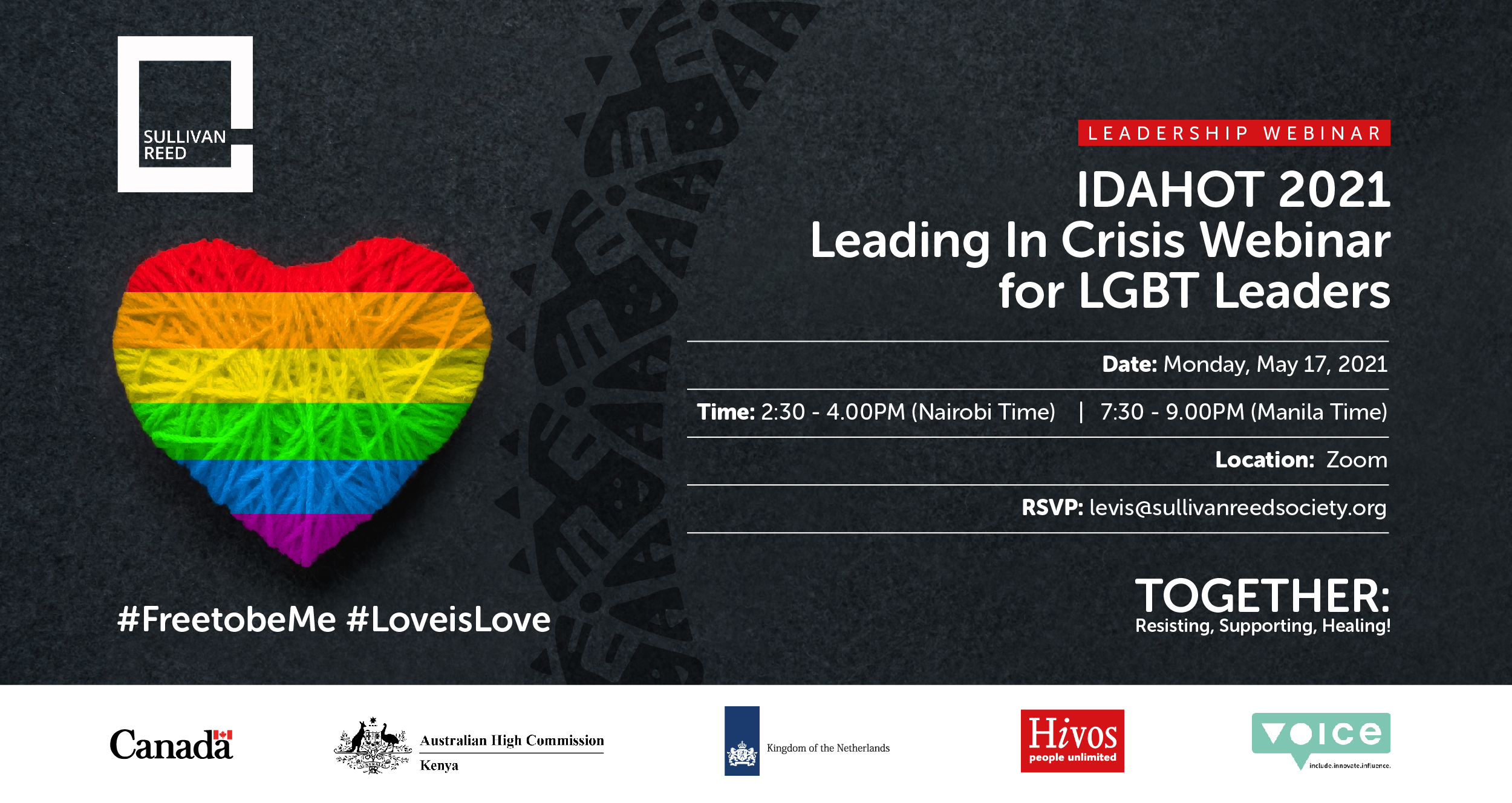Outreach 1.01: Insights from one year of grant-making
– Lina Kagkli, Voice Monitoring and Evaluation Officer –
There are a few critical moments in the lifespan of a grant-making programme: Those moments in which you need to press pause, contemplate the journey so far, and look back at your achievements and challenges. After one year of grant-making, filled with work on designing and refining four different types of calls for proposals, reviewing over 1000 grant applications from ten countries spread out in 3 regions, Voice needed a moment to reflect on whether we have actually been engaging with the right audiences. Reaching out to the most marginalised and discriminated groups of people – the people that constitute those “invisible statistics” and struggle to get their demands heard by policy makers – is Voice’s Most Significant Bet. An affirmative answer on whether we’re on the right track to win the bet or not, is still premature. To start working towards some answers all Programme and Finance officers from the 10 Voice focus countries gathered for a week of reflecting and planning in The Hague in an attempt to peer review our outreach approaches and tools, and harvest commonalities on how to develop stronger links with the right people.
And here is what we heard:
Effective low-cost outreach: feasible or utopic?
As a grant maker that aims to magnify the asks of the most marginalised and discriminated groups creatively, first you would like to attract “unusual suspects”. You must encourage applications from civil society and community-based groups that have neither ease of access to international funding streams, nor the proposal design capacity that large-scale donors require. You need to access seemingly unchartered waters: smaller organisations that don’t usually make it in the final rounds of large-scale applications unless it is as an implementing partner for a large INGO. It is not easy -but definitely not impossible. Our Programme Officers from Nigeria and Indonesia have a couple of suggestions based on their experiences thus far:
- Consider snowball outreach: Start small, by contacting familiar members of larger networks and alliances and incentivise them to invite other (more localised/unregistered) groups to come to key programme events. Borrowing the concept of snowball sampling in statistics, this type of outreach is not likely to lead you instantly to a representative sample of the most excluded groups, but there are times when it may be the best or only method available. It can become a go-to approach for those times that you wish to gather a diverse mix of stakeholders to discuss, for instance, sensitive baseline findings, or when you want to physically announce a Call for Proposals.
- Virtual outreach presents another strategic alternative When your financial means are modest yet connectivity is high you can always count on the good old (or new?) E-blast! In the hotpot of modern day social media outlets, surprisingly, e-mail blasting played a significant role in the outreach that preceded the inaugural Call for Proposals in Indonesia. The recipients of our information digests, were not hesitant to re-blast this information within their own networks (which kind of sounds like the virtual version of snowball outreach).

Moral dilemmas and how to escape them
Oftentimes, you might receive a project proposal that makes your heart beat faster, that touches the most sensitive strings of your soul because of the passion of the proposal writer and the prospect of it changing the lives of a group of people. There are instances where you know that one approved project proposal will allow one or more households to live in a more dignified matter, but you know that the proposal is ineligible – budget is poorly developed, there is a mismatch between activities, outputs and outcomes, and so on and so forth. It is not always easy to get out of such a maze emotionally intact. To become a fair and farther-reaching grant maker, you’d need to accept and work with the different capacity levels amongst some of your most promising applicants. Is it easy for an international, jargon-bred NGO to consider poorly-written yet inspiring project applications? Easier than what you think: sometimes: all you need to do is let go of a level of perfectionism. In addition to that, providing proposal writing support to grant applicants by setting up proposal coaching clinics can be of tremendous help. Besides spreading the word about ongoing and future funding windows (and allowing rolling submissions), it’s equally important to help your key stakeholders fully understand the aims of the call(s). What should they be applying for: by unpacking thematic areas, explaining what you actually mean by “innovation” and supporting small organisations to properly budget actual project needs.
The uncomfortable feedback
Cultivating honest and open relationships with organisations and groups whose efforts are in line with the vision of Voice yet propose a project that is a misfit to the present call, is a stepping stone to more successful call outcomes in the future. It is, in fact, a type of outreach and capacity building on its own. Dedicating sufficient time and effort to put together detailed feedback to rejected proposals, proved to be a game changer for Voice in Nigeria. Providing detailed feedback to those applicants whose proposals were rejected but that you feel could potentially add value to the programme, signals that you (the grant-maker) are aware you’re dealing with capable, visionary people. Our experience showed that using a digitally-based application system that can automatically flag which aspects of the project dooms it ineligible, can better support you to guide the applicant through the details of their own application and highlight what is adaptable and what is not. And obviously having Calls for Proposals on a rolling basis allows potential grantees to improve their proposals and re-submit.
Innovation is in the eye of the beholder
Yes, we are all up for breaking new ground, trying new things (creative things!), raising the innovation-o-meter higher and higher. For particularly marginalised groups, to become a powerful change agent is no easy task. And sometimes the very essence of being innovative, lies in adding value to the lives of people by examining the effects of a successfully used approach, in a new context or with a different target group. We heard a plethora of context-specific ideas on how we can build more solid bridges between us and them and, to be honest, we all spoke about ideas, tools and approaches that we already knew. Perhaps there is no parthenogenesis in how you actually trigger collective action for greater social change, but that is ok. A wise man once said that creativity is just about connecting the dots. When you ask creative people how they did something, they feel a little guilty because they didn’t really do it, they just saw something. It seemed obvious to them after a while. That’s because they could connect experiences they’ve had and synthesise new things. We are not sure about whether parthenogenesis in outreach exists or can exist, but we did notice that when you link different country contexts and facilitate a regular exchange of ideas amongst them, change magic can happen. Voice works with five different target groups and by inventorising the outreach tools that work best for each group was extremely valuable. We borrowed a business plan development tool from the private sector and tailored it to our context. Outreach ideas were drawn on a country-specific Outreach Canvas and shared in a market place fashion, where each country “start-up” could pitch their approach to the rest. Ideas ranged from getting air time in local radio shows to “crashing” weekly female religious group meetings, and from starting discussions with beauty salon clients in Mali to utilising mobile chat applications for the LGBTI community like Blued.

The importance of linking and learning
To test some of our own assumptions, we decided to have a have a closer look at a project working on social inclusion in a neighbourhood in The Hague. So we took the Voice country teams to the Upside Café, a social enterprise that is run by people with intellectual disabilities (especially with Down syndrome). During a two-hour lunch and chats with the manager and staff we took note of how staff with special needs are supported to perform their tasks – flexible hours, patience, repeated trainings, making things easy, as well as turning a corner of the restaurant into a mini living room where the staff could relax when needed -simply a safe space. We witnessed the patience, love and commitment it requires to work with people with intellectual disabilities but also the fruit that such a social interaction can yield. Looking everywhere for inspiration, talking to runners of like-minded projects in all possible sectors (private – public), can help shape calls for proposals that can attract more target-led organisations with creative ideas. And some of the Voice country teams already met with support groups of people with Down syndrome in their countries to see if something similar can be done.







